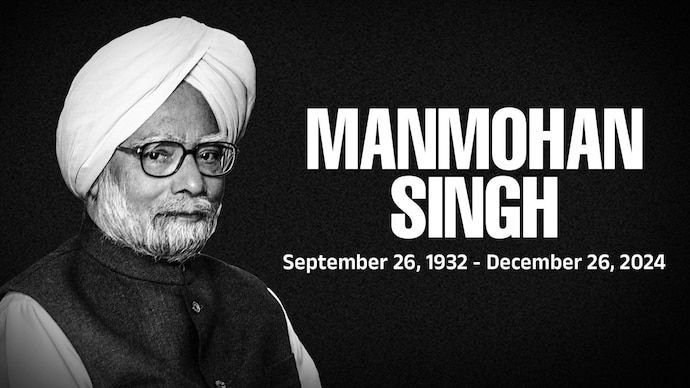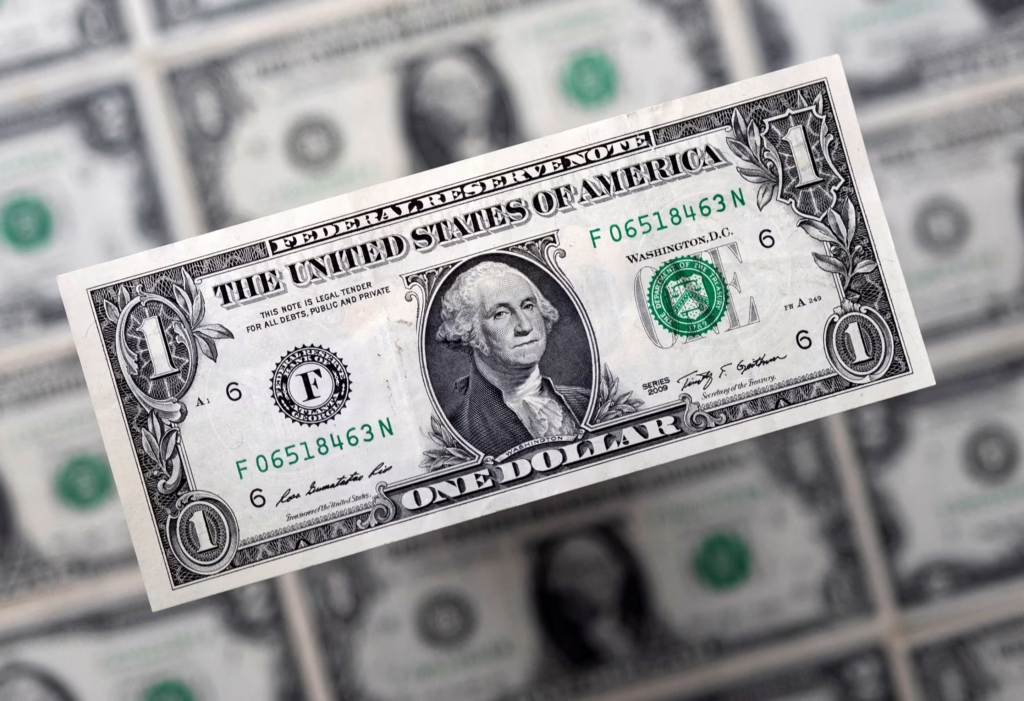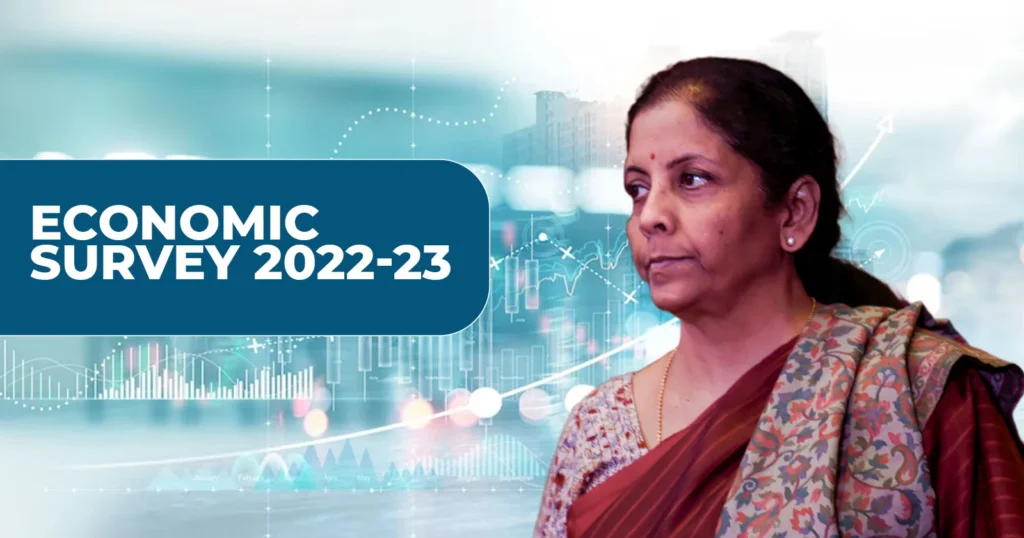
Dr. Manmohan Singh, one of India’s most respected economists and statesmen, has left an indelible mark on the country’s economic landscape. Serving as the 13th Prime Minister of India from 2004 to 2014, his contributions to India’s economy extend beyond his premiership, particularly as the architect of the 1991 economic reforms. Here’s an exploration of his significant contributions to India’s economic journey.
1. The 1991 Economic Reforms: A Turning Point
Dr. Manmohan Singh’s most notable achievement came when he served as the Finance Minister under Prime Minister P.V. Narasimha Rao. In 1991, India faced a severe balance-of-payments crisis, with dwindling foreign exchange reserves and an economy on the verge of collapse.
Dr. Singh introduced sweeping reforms that liberalized India’s economy. Key measures included:
Deregulation: Dismantling the License Raj, which reduced bureaucratic hurdles for businesses.
Trade Liberalization: Reducing tariffs and opening up the economy to foreign investment.
Privatization: Encouraging private sector participation in industries dominated by the public sector.
Financial Reforms: Allowing greater autonomy to the Reserve Bank of India and encouraging reforms in the banking sector.
These measures not only stabilized the economy but also set India on a path of rapid economic growth, making it a global economic powerhouse.
2. Prime Ministerial Contributions (2004–2014)
As Prime Minister, Dr. Manmohan Singh led India during a period of high growth, with the GDP growing at an average of over 8% during the first half of his tenure. Some of his key economic initiatives include:
a. Rural Development Programs
Dr. Singh’s government launched transformative schemes aimed at reducing poverty and improving rural livelihoods, including:
Mahatma Gandhi National Rural Employment Guarantee Act (MGNREGA): Aimed at providing guaranteed employment to rural households.
Bharat Nirman: A program to improve rural infrastructure, including roads, housing, and irrigation.
b. Focus on Financial Inclusion
Under his leadership, India made strides in financial inclusion. Initiatives like the expansion of banking services to rural areas and the Direct Benefit Transfer (DBT) program laid the foundation for India’s future digital economy.
c. Energy and Infrastructure Development
Dr. Singh’s government emphasized the development of infrastructure and energy. The establishment of the National Solar Mission under the National Action Plan on Climate Change (NAPCC) was a forward-thinking move to address energy needs sustainably.
d. Landmark Agreements
Civil Nuclear Agreement with the US: This opened doors for India to access nuclear technology and fuel for its energy needs, marking a significant step in energy security.
Trade and Economic Diplomacy: Dr. Singh worked on improving India’s trade relations with key global partners, further integrating the country into the global economy.
3. Challenges and Criticism
While Dr. Singh’s contributions are monumental, his tenure as Prime Minister faced criticism for policy paralysis in the later years, exacerbated by coalition politics and allegations of corruption against some members of his government. Despite these challenges, his personal integrity and vision for India’s economic future remain uncontested.
4. Legacy of Dr. Manmohan Singh
Dr. Manmohan Singh’s legacy as the father of India’s economic liberalization and a leader who balanced growth with social welfare endures. His reforms laid the foundation for India’s transformation into one of the world’s fastest-growing major economies.
Even years after leaving office, Dr. Singh’s contributions continue to shape India’s policies, and his vision serves as a blueprint for economic progress. His calm demeanor, deep understanding of global economics, and focus on inclusive growth make him one of modern India’s most distinguished leaders.
Dr. Manmohan Singh’s journey is a testament to how visionary leadership and economic foresight can transform a nation, ensuring prosperity for generations to come.







